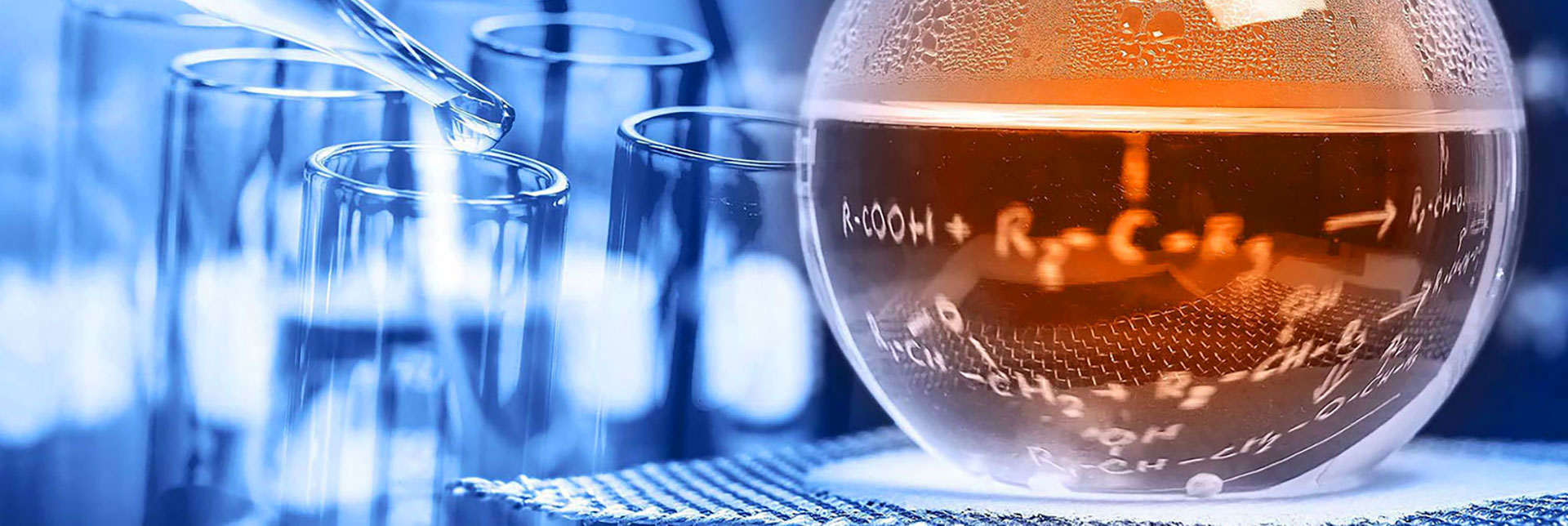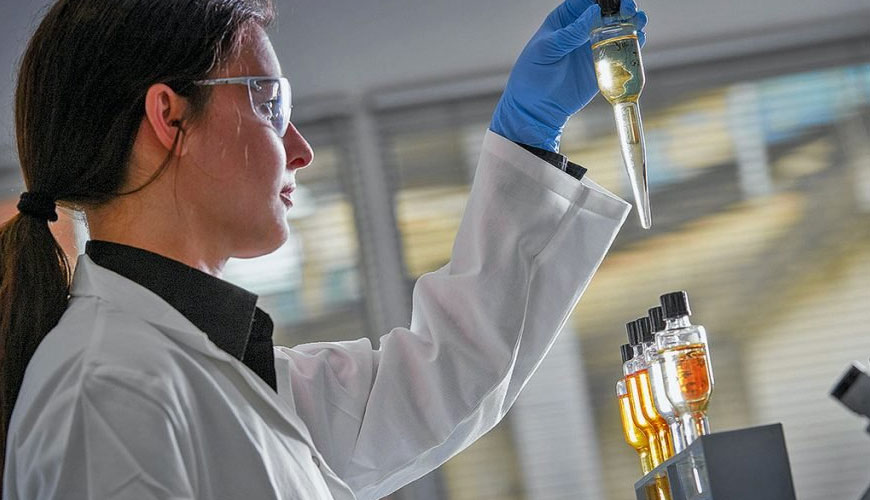

“Common Oil Analysis Program guide - Part I Introduction, theory, benefits, customer sampling procedures, programs and reports” is a common guide published by four organizations:

This joint program is designed to establish and maintain a standard program to consolidate and coordinate three separate service oil analysis programs.
The objectives of Part I can be listed as follows:
The Joint Petroleum Analysis Program laboratory operating procedures and guidance are contained in Part II. Trend tables and decision-making guidance for laboratory use in evaluating petroleum sample analysis results and determining necessary actions are in Part III, and lists of equipment wear metal criteria are in aerospace and non-aviation equipment Part IV.
Part I guidelines apply to all activities of the Land, Naval, Air Force and Coast Guard Departments participating in the Joint Oil Analysis Program and laboratories operating under contracts with it.
Data from spectrometric and physical property tests are used as guidelines to help detect incipient mechanical failures or to determine the quality and useful life of the oil. Therefore, possible equipment component wear or failure and premature lubricant failure are detected before a major equipment failure or an expensive repair or rebuild.
Our organization, among the numerous test, measurement, analysis and evaluation studies it has given for businesses in various sectors, with its trained and expert staff and advanced technological equipment, NAVAIR 17-15-50-1, TM 38-301-1 and TO 33-1- It also provides testing services within the scope of 37-1 technical guides.
To get an appointment, to get more detailed information or to request an evaluation, you can ask us to fill in our form and reach you.